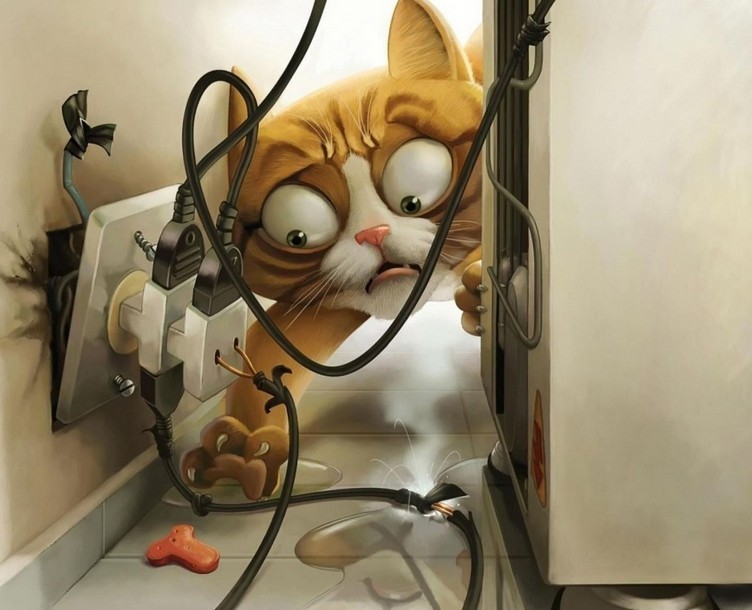
All about feral cats
March 26, 2015
Household dangers to cats
April 5, 2015TNR : Keep feral cat overpopulation down

If you live in an area that is home to an abundance of feral, undomesticated cats, instead of just watching the situation get worse and worse, consider taking matters into your own hands.
Why Spay and Neuter?
Feral cats are biologically identical to standard house cats, but there is one massive difference. Feral felines simply are not socialized to being around people, and are therefore full of fear around them. Because of this obstacle, it is very difficult to adopt them out to homes once they’re past 16 weeks old or so. Very young kittens have not developed as much of the fear yet, and can often be socialized and adopted.
Since these cats are very often not adoptable, one way you can help them is by getting them spayed and neutered. This spares individual cats the stress of bearing litter after litter, and keeps the feral population low. Solely feeding feral cats doesn’t do much to help the situation. In fact, it often makes things worse, contributing to an environment of too many helpless cats with nowhere to go. Spaying and neutering feral cats is a humane way to keep the population stable.
Trapping
Feral cats are very, very frightened of human contact, for the most part. It’s not easy to lure a feral kitty into a carrier to get her to a veterinary clinic. One humane solution to that problem involves the use of a feral cat trap, which is easily available for purchase or rental via pet supply stores and animal rescue organizations. If you place some enticing food at the far end of the trap, a hungry feral kitty will probably step inside—and the spring-loaded door will close directly behind her, keeping her secure inside the cage trap for easy transportation.
Spaying and Neutering Surgery
Spaying and neutering can get very expensive, and fast. If you’re looking to get feral cats in your area fixed, investigate your options. Many clinics offer reduced rates for feral animals. Ear tipping is also part of the package. If a veterinarian snips off a small piece of a cat’s left ear, it becomes very easy to recognize that the cat is now fixed—a definite plus. This prevents people from attempting to fix a feral cat that has already gone through the surgery once before. Many spaying and neutering packages also include important vaccines, including rabies and distemper.
Release
Once you get a feral cat fixed, recovery time is necessary. Consult the veterinarian on the recommended time frame for recovery. You may have to keep the kitty confined in her carrier indoors at room temperature for between 24 to 48 hours. After all, the little one may feel a little disoriented and groggy after all the anesthesia and unfamiliarity—poor thing. Once the appropriate time has passed and you’re certain the cat is now feeling as good as new, you’re free to release her back into the habitat that makes her feel the most at ease—the great outdoors.

Source: thenest.com






